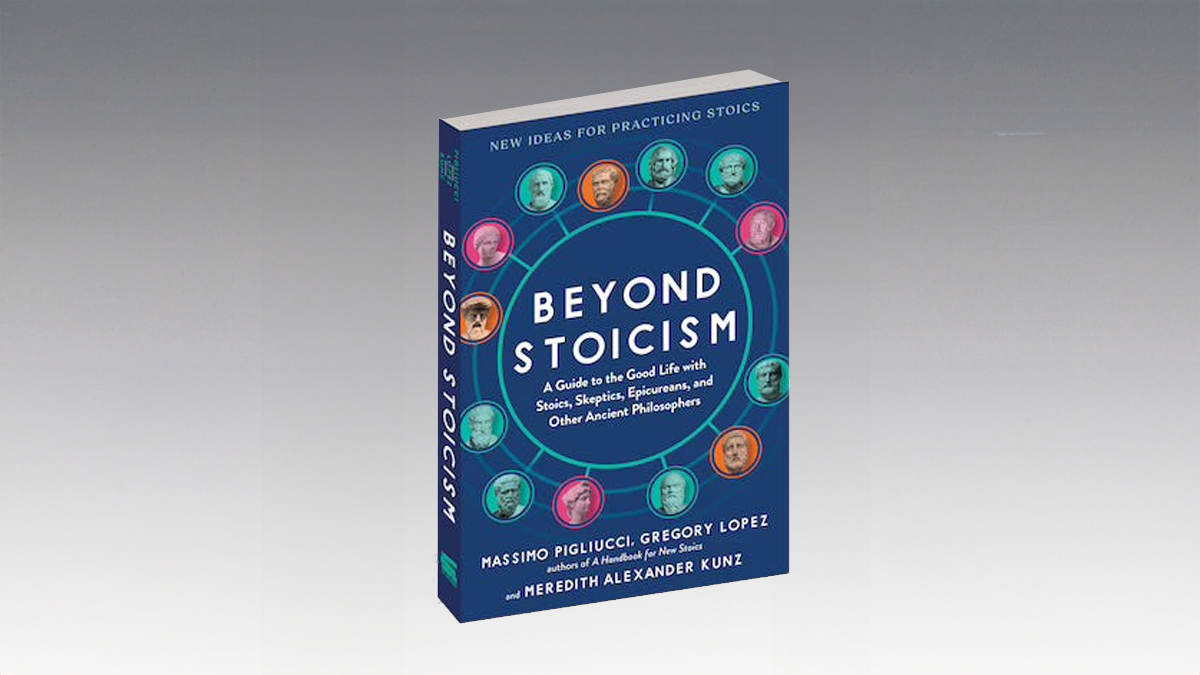A brief description of virtual currency and why it may revolutionize the way we pay for things on the Web.
Question: What is virtual currency and why do you find it so interesting?
James Currier: The idea with virtual currencies is that you are having an experience at – on a website, or in a game, or at Burger King. Any place, any environment that you’re in is a place where you could take out your wallet and use U.S. dollars, which is essentially a virtual currency based on very little as we are seeing recently, right. I mean, the United States is now printing the money based on their brand. It’s a currency that we all agree to exchange value using.
You can then take that money and buy other virtual currency that Burger King or the game could make up. In the case of Wonder Hill, we made up Rubies. And you buy Rubies. You can then use those Rubies in that context to purchase all sort of things. You could buy a wheel barrel, you could buy land, you could buy the ability to shout out to the rest of the community by spending rubies. So anything that you might want in that context can be purchased using that virtual currency.
The British Pound is a good example. When you go tot hat world of the UK, you need to use their currency to buy things there. And now all we’re doing is doing that inside of games. And so, you’re taking what’s happened in the real world and just mimicking it in the silicon, if you will. Mimicking it in software.
Second Life has done a great job of selling Linden Dollars to people. It’s a $450 million a year economy in Linden dollars. And people take U.S. dollars; they buy the Linden Dollars and then they use those Linden Dollars in the world. They use those Linden Dollars to pay people to help design t-shirts in the world that they then sell those t-shirts to other people who pay them Linden Dollars to buy the t-shirts. And that’s all happening inside the virtual world in Second Life. And at Wonder Hill, it’s happening inside our games, if you will. They’re Flash-based little games. One of them is called, Green Spot and you build out your green spot and there’s actually land and you have multiple pieces of land and you put characters on it and you design them and you grow things in this world. And they’re beautiful things and its entertainment. And it’s an escape. And you’re willing to pay for that. There’s a certain percentage of people who are willing to pay for that. And that’s how the business works. That’s what virtual currency is.
And I think that, as I saw in the ‘90’s, everyone was focused on moving magazines and TV and radio onto the Internet, and that was the wrong thing to do. I mean, it has kind of worked for a few companies, but generally, the really big hits have been user generated content. That’s what the Internet uniquely does. And the same way that now everyone is focused on advertising, but the virtual currency model is actually probably a higher margin model that satisfies everyone in the community better. Right?
So, what happens with a subscription is everybody pays $10 per month, let’s say to get access to the content. Some people might value that content $1,000 a month, and some people might value it at $2.00 per month. And the people who value it at $2.00 won’t pay $10. So you won’t get any value from them, and the people who value it at $1,000 a month, you’re losing $990 per month of value that you’re creating for them. So, the subscription model is very wasteful in terms of how it captures the value that you’re creating for your users.
Whereas, the virtual currency model will allow that person who values it at $2.00 to pay $2.00 and allows the person who values it at $1,000 to pay $1,000. At every step of the way every consumer is happy with the service because they are paying up to the value that they ascribe to the service. And you’re happier because you’re actually getting more revenue for the service that you’re providing.
And so, it’s a much better business model, I think, than a subscription or in advertising because advertising is generally annoying. You’re interrupting someone from what they’re really here to do, and there’s a trade off between, you know, the more money you make the worse the experience is. You know, certainly with television or radio, that’s true. The more they interrupt the music with ads, the worse your radio experience is. The more they interrupt the TV show with ads, the worse your experience of watching CSI is. And that’s the problem with the advertising model is it’s annoying.
So, I think virtual currency is a much better model. And just as we went from – just as I felt we were moving from editorialized content to user-generated content, I feel like we’re going to move from subscriptions and advertising to virtual currencies over the next 10 years. I think that’s going to be the big move that we’re engaged in on the Internet. And I think you’re going to see that model, which is really most easily implemented on the Internet. That’s why it started there back in about 2000. You’re going to see that move external to the Internet. You’re going to see it move into Starbucks. You’re going to see it move into Burger King environments or to the NBA. You’re going to see it permeate other more physically-based entertainment environments. So, that’s why I’m focused on Wonder Hill.
Recorded May 27, 2010
Interviewed by Andrew Dermont





